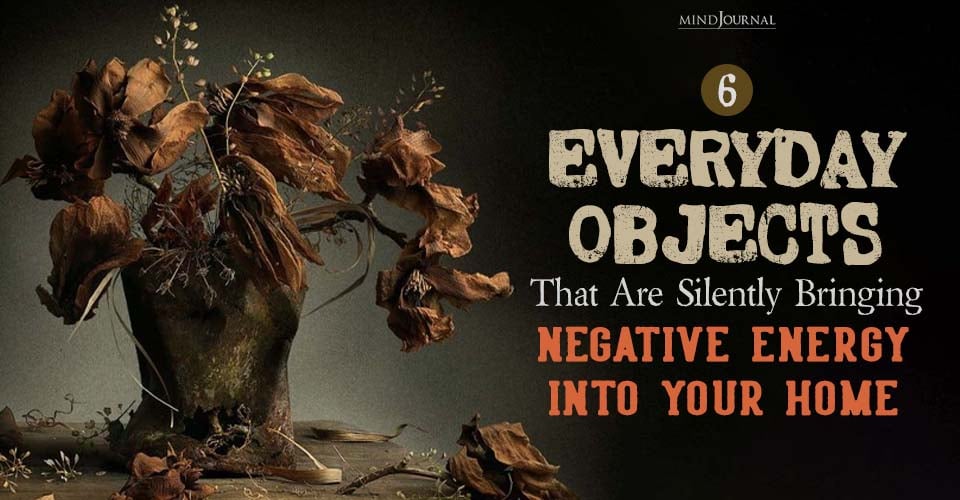Varicose veins and spider veins, often perceived as mere cosmetic concerns, are actually indicators of underlying venous disorders. While they share similarities, understanding their differences is crucial for effective management and treatment.
This comprehensive guide aims to demystify these conditions, exploring their link, implications, and management strategies.
1. Understanding Varicose Veins And Spider Veins: A Comparative Overview
At first glance, spider veins and varicose veins might seem similar, but they are distinct in their appearance, causes, and potential health implications. Varicose veins are larger, raised, and often twisted, appearing predominantly on the legs. They result from dysfunctional vein valves, leading to blood pooling and vein enlargement. In contrast, spider veins are smaller, flat, and web-like, commonly visible on the legs and face. They are more superficial and less likely to cause discomfort, although they can indicate circulatory issues.
So, what are the symptoms of varicose veins? Varicose veins often manifest as visible, bulging veins, but they can also cause symptoms like aching pain, heaviness in the legs, itching, and swelling. In severe cases, they can lead to skin changes, ulceration, and increased risk of blood clots.
2. The Shared Pathophysiology: How One Leads To The Other
Both spider veins and varicose veins stem from venous insufficiency, a condition where veins struggle to return blood to the heart. Prolonged pressure and venous dysfunction contribute to varicose veins, which can weaken surrounding vessels, potentially leading to the development of spider veins. Therefore, the presence of varicose veins can sometimes predict the emergence of spider veins.
3. Risk Factors And Prevention Strategies
Several factors increase the risk of developing both spider and varicose veins, including genetics, age, prolonged standing or sitting, obesity, pregnancy, and hormonal changes. To prevent or slow their progression, lifestyle modifications like regular exercise, maintaining a healthy weight, and elevating the legs can be beneficial. Compression stockings are also effective in managing symptoms and preventing worsening.
4. Diagnostic Approaches And Why Early Detection Matters
Early detection of varicose veins is crucial for effective management and preventing complications. Diagnosis typically involves a physical examination and may include ultrasound imaging to assess blood flow and vein structure. Identifying these conditions early can guide timely interventions, reducing the risk of progression and associated complications.
5. Treatment Options: From Conservative To Advanced
Treatment for spider and varicose veins ranges from conservative approaches to advanced medical procedures. Conservative methods include lifestyle changes and compression therapy. If these are ineffective, minimally invasive procedures like sclerotherapy, laser therapy, or vein stripping may be recommended. These treatments aim to alleviate symptoms, improve aesthetics, and prevent complications.
6. The Impact On Quality Of Life And The Importance Of Comprehensive Care
While often viewed as cosmetic issues, spider and varicose veins can significantly impact quality of life, causing discomfort and self-consciousness. Comprehensive care, which includes medical evaluation, lifestyle modification, and possibly treatment, is vital for managing these conditions effectively and improving overall well-being.
Conclusion
Understanding the link between spider veins and varicose veins is key to recognizing their significance beyond cosmetic concerns. Awareness of their symptoms, risk factors, and available treatments empowers individuals to seek timely care and adopt preventive measures. By addressing these venous issues proactively, one can significantly enhance their vascular health and quality of life.












Leave a Reply